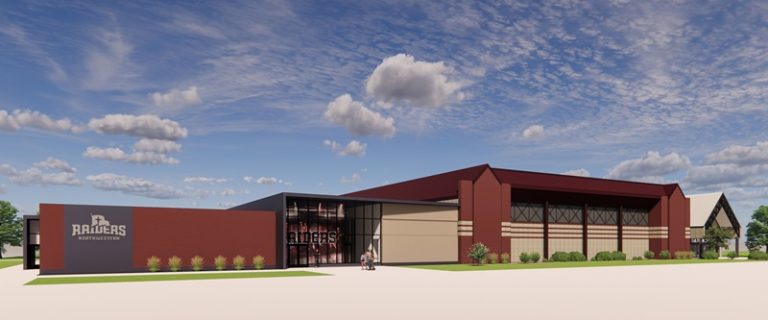Rock Rapids, Iowa — In many news stories about the Lewis & Clark Regional Water System, Lewis & Clark have stated that Rock Rapids is one of their “connected” systems.

While that’s technically true, Rock Rapids Municipal Utilities (or “RRMU”) General Manager Jim Hoye says the real answer is, “yes, and no.”
So one of the connections that Rock Rapids arranged, is, in fact connected, and is receiving water. But the businesses, industries, and citizens of Rock Rapids are not yet receiving water from Lewis & Clark. However, that may be changing.
Hoye says that because Rock Rapids was not one of the original communities and water systems that planned the route of Lewis & Clark in 1992, the route was already set by the time Rock Rapids joined in 1998. He says that meant that Lewis & Clark would not pay to extend the line to the city. The closest the line would come to Rock Rapids is a point near the state line north of Lester.
He says that in 2004, their customer, Lyon & Sioux Rural Water was going to lay some line from Lester to the Lyon & Sioux tower, south of Steen, Minnesota. According to Hoye, RRMU saw an  opportunity there and made an agreement with Lyon & Sioux to pay for an upgrade to the size of that pipeline so that they could use it too, to help make the connection to the Lewis & Clark main, bringing the water to within about six miles of Rock Rapids.
opportunity there and made an agreement with Lyon & Sioux to pay for an upgrade to the size of that pipeline so that they could use it too, to help make the connection to the Lewis & Clark main, bringing the water to within about six miles of Rock Rapids.
He says now, they’ve received a grant, and are getting started on the project to bring Lewis & Clark water the rest of the way to Rock Rapids.
Hoye says it will be a 10-inch plastic pipe. He says at the beginning, they’ll probably only bring in “a couple hundred thousand gallons” per day, but it will be an opportunity for economic development to have more capacity available for industries wanting to move to Rock Rapids. He says it will also be a nice backup to the shallow wells the City has, which have been working well, but average only about 35 feet deep and struggle in times of drought.











